
6 cauliflowers to discover
Our selection of 6 cauliflowers chosen for their earliness, flavour, or cold resistance
Contents
Appreciated since Antiquity by the Greeks and Romans, the cauliflower (Brassica oleracea var. botrytis) was later neglected by gardeners and chefs. In the 17th century, La Quintinie, the gardener responsible for the royal gardens, imported seeds from Cyprus, which he sowed for the pleasure of his king, Louis XIV. Later, his great-grandson, Louis XV, particularly fond of cauliflower, made it a royal dish, even paying tribute to one of his favourites, Madame du Barry, with a velvety cauliflower soup. Today, cauliflower has taken over all gardens, but it bears a misleading name. It is not its flower that we cultivate to place on our tables, but its fleshy, immature, and hypertrophied meristem. Regardless of the name, the essence lies in the flavour. Present throughout the year in gardens, cauliflower does require a bit of attention in terms of watering, weeding, and hoeing, and above all, a lot of patience. We have selected for you 6 varieties of cauliflowers, interesting for their earliness, flavour, or colour.
The Extra-early of Angers, a particularly early cauliflower
The Extra Early Cauliflower of Angers is a first-season cauliflower that is particularly early. An old French variety, the Extra Early of Angers produces a large, firm, and compact head that is perfectly round. It is a vigorous variety with a pure white head, featuring fine curds. A short foliage of beautiful bright green, quite developed, surrounds and protects the head.
This autumn and winter cauliflower is especially notable for its hardiness, particularly its great resistance to spring cold, and its earliness. It is sown from March to June for a harvest starting in March and lasting until August, even as early as the end of winter in regions with mild winters.
Read also
Cabbage: planting, sowing and harvestThe Erfurt Snowball with small white apples
The Erfurt Snowball cauliflower is a very old variety, originating from Germany, already mentioned in “Les plantes potagères”, the work of Vilmorin-Andrieux dated 1883. It produces a small head, but very white with grains of great fineness. This cauliflower is valued for its crunchy texture and pronounced flavour. The head forms quickly, but it must be protected from the sun to avoid turning reddish. Similarly, its head should be consumed very quickly as it does not keep well.
This variety of cauliflower is easily recognised by its collar of slightly undulating leaves that droop towards the ground. Its leaves are a somewhat peculiar greyish-blond green. It is a dwarf variety with a short stem.
Sowing takes place from June to September for a harvest from October to January.
Discover other Cabbage plants
View all →Available in 0 sizes
Available in 2 sizes
Available in 3 sizes
Available in 1 sizes
Available in 1 sizes
Available in 1 sizes
Available in 1 sizes
Available in 1 sizes
Available in 1 sizes
Available in 1 sizes
The Wonder of All Seasons: everything is said in its name!
The Merveille de Toutes Saisons cauliflower or Merveille des 4 saisons is an old, traditional variety of cauliflower that produces a well-formed, quite large, compact and dense head, with tight, fine curds, growing on a short stem. It is a cauliflower for all seasons, proving to be just as resistant to summer heat as to spring cold. It has excellent storage qualities, especially if harvested with its leaves.
This is a hardy and semi-early variety of cauliflower, ideal for summer and autumn harvests, which can be sown from January to June. Its cultivation is straightforward.
The Autumn Giant Primus, with large apples
The Autumn Giant Primus cauliflower is a very early variety whose name reveals its main characteristic: it produces very large, heavy, and dense heads, which can reach 30 cm in diameter, very white and hidden by its broad, curled foliage. The heads have fine, tight grains and regular florets.
Particularly vigorous, this upright variety allows for harvesting cauliflowers until the frosts, from late autumn to early winter. It is sown from April to June in a nursery or directly in the ground. This is a cauliflower that adapts to all regions.
The Orange Sunset F1 to add colour to your plate
The Orange Sunset F1 cauliflower is a hybrid variety that produces beautifully coloured light orange-yellow heads, particularly compact and of good size. This surprising colour, due to a higher content of carotene, remains vibrant even when cooked.
This variety is quite dwarf as it is set on a short stem.
This amazing cauliflower, which should appeal to children, is sown in April and June for a harvest from September to November.
Romanesco, as beautiful as it is tasty
The Romanesco cauliflower is recognised by its pyramid shape adorned with small spiralled and conical bouquets in fractals. It is an ancient variety, originating from Italy, near Rome, also characterised by its tender green colour. Its head is very compact with astonishing geometry. Very similar to its cousin broccoli, which it shares the colour with, Romanesco cauliflower is thus quite decorative.
As for its flavour, it is rather mild, delicate, and slightly sweet.
Romanesco cauliflower is sown from March to June, and is transplanted 5 to 6 weeks later. The harvest takes place from June to December.
- Subscribe!
- Contents
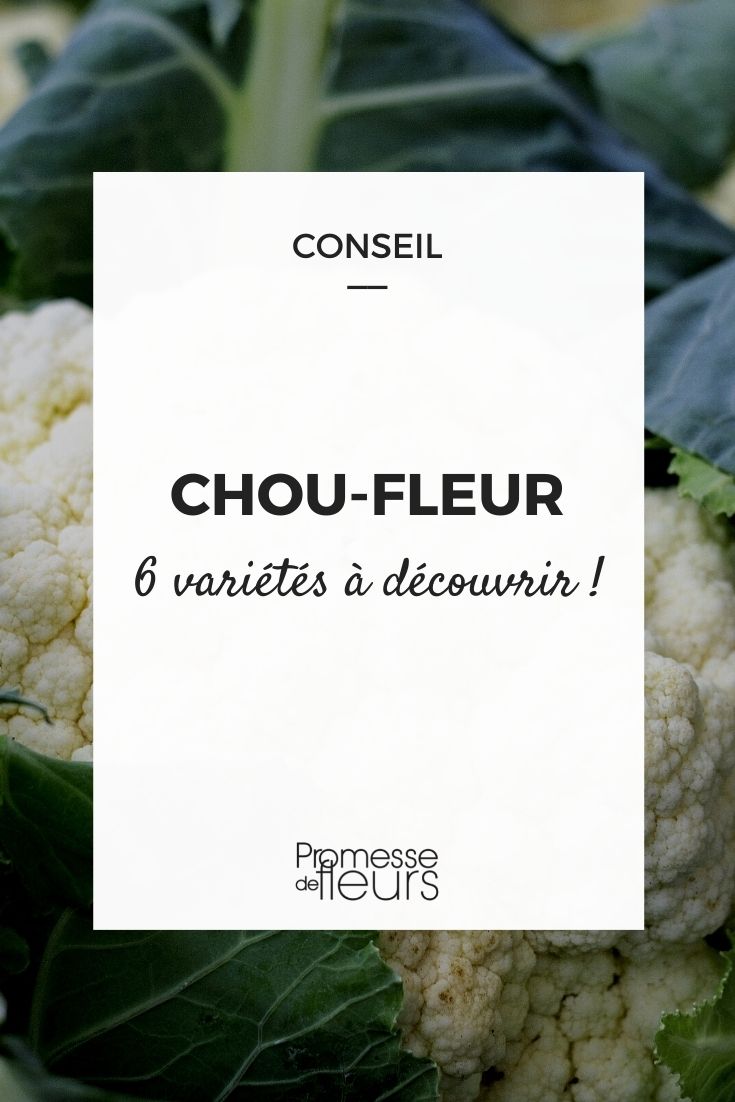


































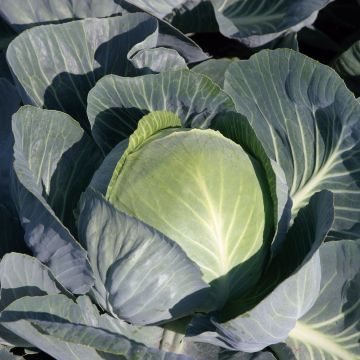
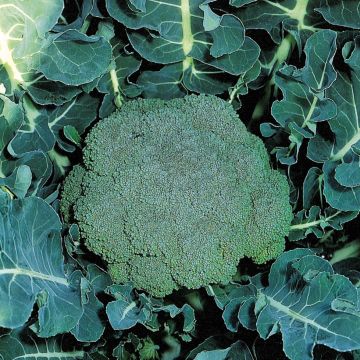
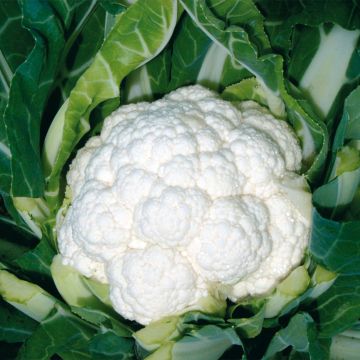
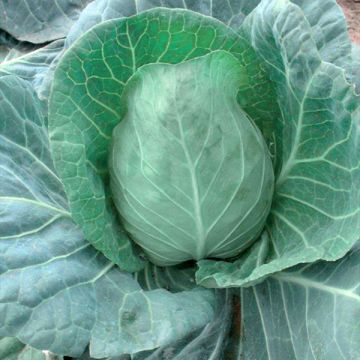

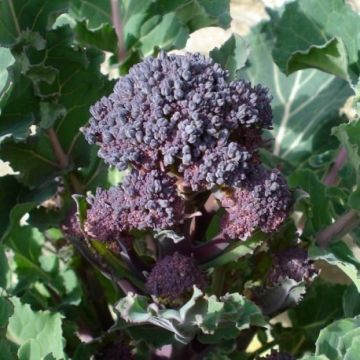
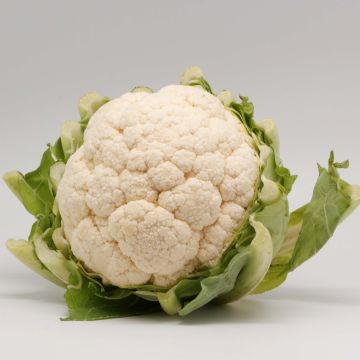

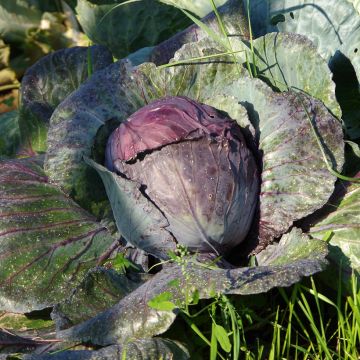
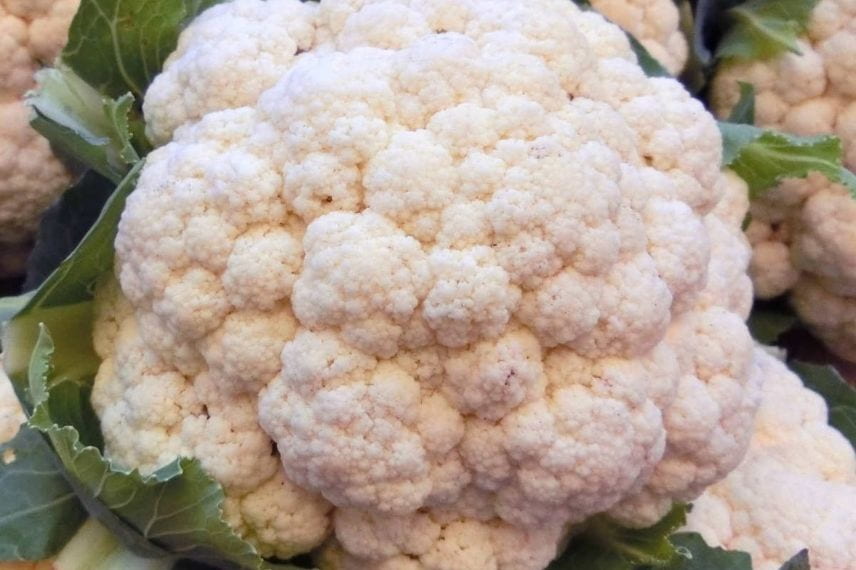
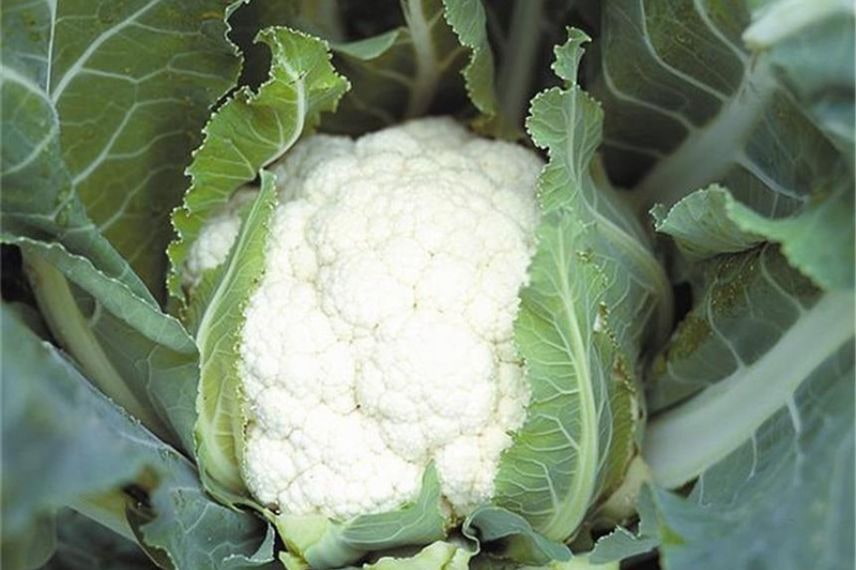

Comments